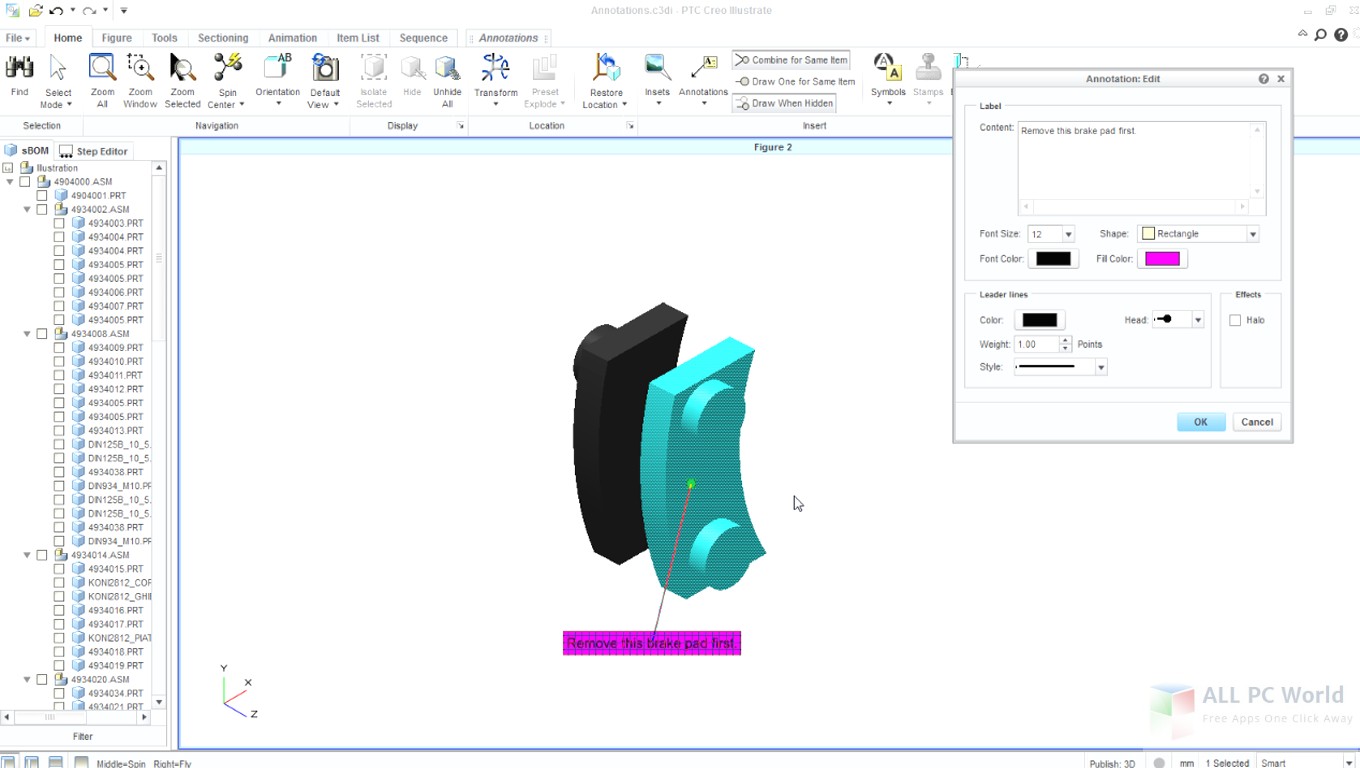

“It is an important part of our strategy.” “Some of the tools will come from a partner ecosystem,” says Shepherd. Software publishers appearing at the launch and planning to offer apps for the Creo environment include SYCODE, Vistagy, and Luxion. “Open” to PTC means published and available for development partners, of which it hopes there will be many.

PTC Executive Vice President Brian Shepherd says this underlying configuration kernel in Creo is the key to connecting CAD and PLM in the future. All Creo apps will operate using one common and “open” data architecture. Initial apps in the Creo line will address seven phases of product design and development. The new products will start to appear in the first part of 2011. They were quick to point out the popularity of targeted point tools in smart phones, particularly as advanced by Apple. PTC executives at the product launch extravaganza in Boston on Octooften used the word “apps” to describe what PTC is bringing to market with Creo. In essence Creo is the metamorphosis of PTC’s Pro/Engineer for the 21 st Century, with a recognition that product development requires more than a fat 3D CAD program with its roots in the 1980s. Rather, when the original lender recovers money from the original borrower (as interest or otherwise), it is then passed on to the SPV, which then disburses it to the investor in the form of a fixed income.The company that invented contemporary mechanical CAD looks to re-invent itself with a suite of apps that solve “the lingering, unaddressed problems of CAD.”Ī common complaint about mechanical CAD products is that they force users into the computer equivalent of “when all you have is a hammer, everything looks like a nail.” PTC says it is taking this problem to heart with the introduction of Creo, a suite of scalable and interrelated tools for product development.

However, this does not mean that the investor owns the assets. When an investor buys these debt instruments, the investor is given a PTC. For this purpose, the parent organization sets up a Special Purpose Vehicle (SPV) which issues these debt instruments.īy making these debt instruments available in the markets, the organization manages to make their assets liquid and can then use the funds for some other productive business. Securitisation involves the conversion of these incomes or receivables into debt instruments which are then sold to investors. Many banks and private organizations have incomes or receivables that are due to them in lieu of loans or services that they have offered in the past.


 0 kommentar(er)
0 kommentar(er)
